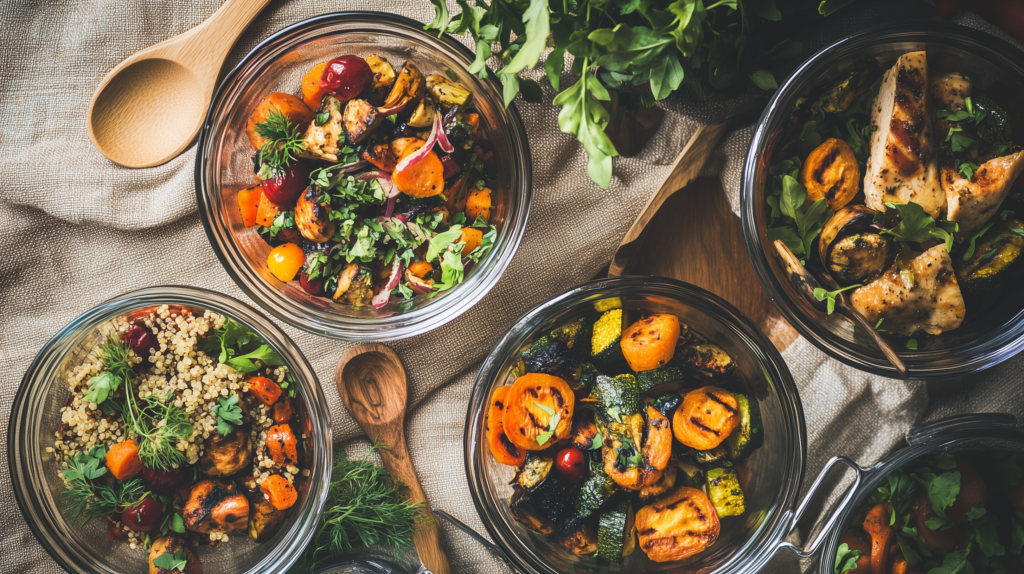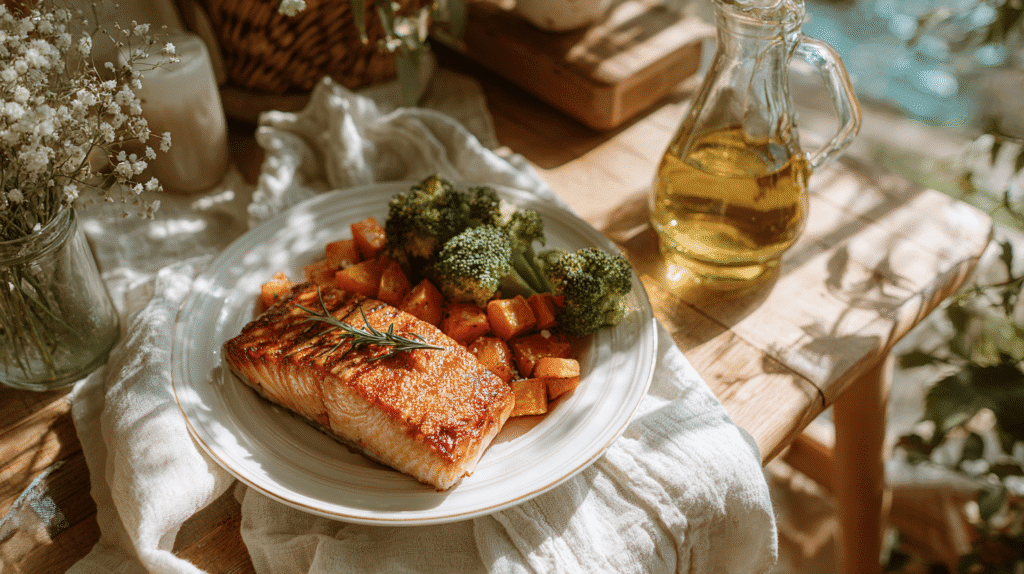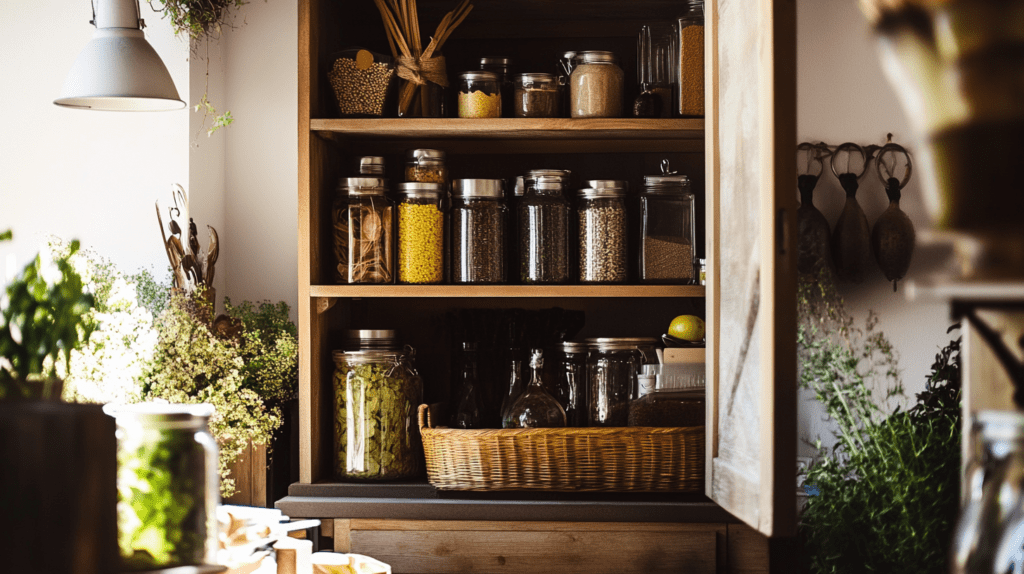This post may contain affiliate links, including those from Amazon Associates. If you make a purchase through these links, I may earn a commission at no additional cost to you. Learn more about our affiliate policy.
Eating clean is simpler than you think. It’s actually about deprogramming what has been fed to us in the past century about convenience and highly stimulating foods.
This guide will help you take small, mindful steps to nourish your body and reclaim your vitality. You’ll find easy meal ideas and practical tips for managing cravings and sticking to a budget.
Clean eating focuses on consuming whole, minimally processed foods while avoiding refined and ultra-processed options. It emphasizes fruits, vegetables, high-quality proteins, whole grains, and healthy fats. This approach supports overall health, weight management, and disease prevention. Clean eating is not about strict rules but rather making mindful choices to nourish your body with nutrient-dense foods.
Clean eating is associated with weight loss as whole foods are more nutrient-dense, satisfying, and lower in sugar. Eating whole foods can also improve energy levels throughout the day due to their higher fiber and protein content.
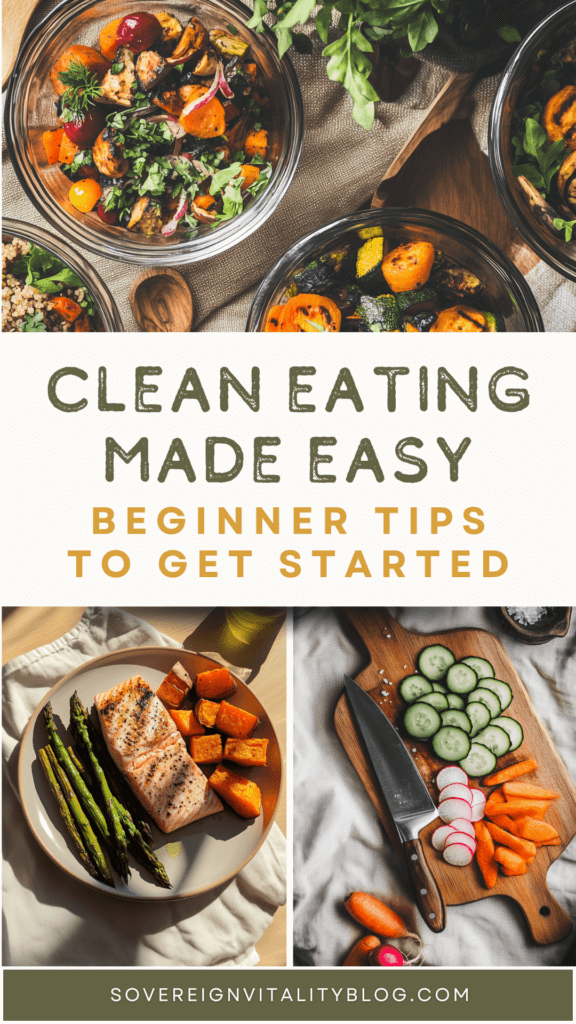
What is Clean Eating?
Clean eating is a lifestyle choice that emphasizes whole, unprocessed foods for better health. It’s about making choices that boost nutrient intake. This means avoiding additives, preservatives, and sugars in processed foods.
The Basics of Clean Eating
Clean eating centers around a diet full of whole foods like fresh fruits, veggies, lean proteins, whole grains, and healthy fats. These foods are packed with vitamins, minerals, and fiber. They help your body function at its highest potential. On the other hand, processed foods often have empty calories, unhealthy fats, and sugars that harm your health.
Why Clean Eating Matters
Choosing a diet rich in whole foods can greatly improve your health. Research shows clean eating aids in weight management, boosts energy, and enhances digestion. It also reduces inflammation and can lead to clearer skin and better hormonal balance. By being mindful of your food choices, you actively support your long-term health.
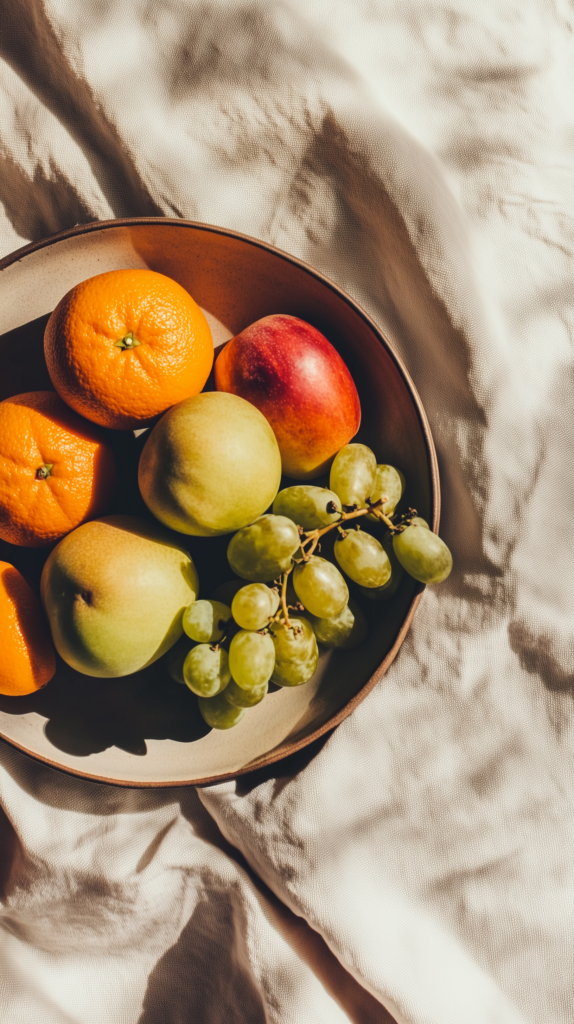
Clean eating isn’t about deprivation or strict rules. It’s about finding a balanced, sustainable approach that suits you. Focus on adding more whole, nutrient-rich foods to your diet. Be cautious of processed and high-sugar items.
Benefits of Clean Eating
Clean eating is more than a fleeting trend; it’s a return to our natural state of health and wellbeing. By choosing nutrient-dense, whole foods, you unlock a multitude of benefits. These include better weight management, improved digestion, and a decrease in inflammation.
Weight Management and Increased Energy
A clean eating diet aids in maintaining a healthy weight by avoiding processed foods. These foods are often loaded with unhealthy fats, sugars, and empty calories. Instead, it focuses on fresh fruits, vegetables, lean proteins, and whole grains. This diet provides sustained energy throughout the day.
Better Digestion and Gut Health
Clean eating promotes a diet rich in fiber, which is essential for healthy digestion and a robust gut microbiome. By feeding your gut with the necessary nutrients, you may see a decrease in bloating. You’ll also experience better bowel movements and enhanced digestive function.
Reduced Inflammation and Balanced Hormones
Processed and refined foods can spark inflammation in the body. Clean eating, however, emphasizes anti-inflammatory foods like leafy greens, fatty fish, and berries. This approach may help reduce chronic inflammation. It can lead to better hormonal balance and overall well-being.
Clear Skin and Improved Well-Being
The nutrient-rich foods in a clean eating diet positively affect your skin. They can reduce acne, improve skin texture, and enhance your natural glow. The holistic benefits of clean eating, such as increased energy and reduced inflammation, also contribute to a general sense of well-being and vitality.
Adopting clean eating can bring numerous health benefits beyond just weight management. It improves digestion, hormone regulation, and can even lead to clearer skin and higher energy levels. Clean eating is a transformative way to nourish your body and mind.
How to Start Eating Clean as a Beginner
Adopting a clean eating lifestyle can significantly improve your health and well-being. As a beginner, the focus should be on increasing your intake of whole foods and reducing processed ingredients. By making small, consistent changes, you can significantly alter your eating habits. This transformation will bring numerous benefits to your health.
Focus on Whole Foods
Begin by loading your plate with fruits, vegetables, lean proteins, and whole grains. These foods are rich in nutrients, vitamins, minerals, and fiber. They are essential for fueling your body and supporting your overall health.
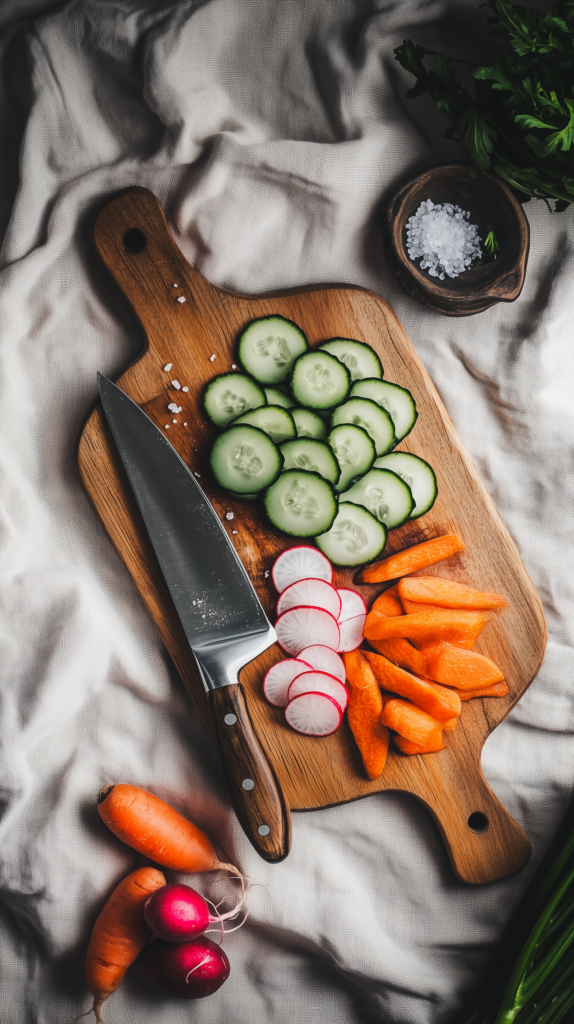
Eliminate Processed Ingredients
Clean eating emphasizes avoiding processed foods that are often filled with added sugars, artificial preservatives, and other harmful additives. Start by swapping one processed snack or meal each day with a homemade, whole-food option.
Read Food Labels Carefully
When shopping, always take the time to read food labels carefully. Opt for products with simple, whole-food ingredients. Avoid items with long lists of additives, preservatives, and artificial colors or flavors. This practice will guide you in making better choices and support your clean eating journey.
Remember, clean eating is a long-term commitment, not a temporary fix. Be patient and compassionate with yourself as you progress. By prioritizing whole foods, eliminating processed ingredients, and reading food labels, you’re on the path to a healthier, more vibrant life.
Easy Meal Ideas for Beginners
Starting a clean eating lifestyle is straightforward. Simple substitutions and basic meal preparation can lead to tasty, healthy dishes. Here are some easy clean eating meal ideas to kickstart your journey to better health.
High-Protein Clean Eating Breakfasts
Begin your day with high-protein clean eating breakfasts. A Greek yogurt parfait with fresh berries and nuts or seeds is a great choice. A veggie-packed omelet with whole eggs and avocado toast is another quick, fulfilling option. For a smoothie, mix spinach, almond milk, banana, and clean protein powder.
Quick and Healthy Dinners
For clean eating dinners, opt for simple recipes with natural ingredients. Grilled salmon with roasted sweet potatoes and steamed broccoli is a balanced, tasty meal. Stir-fried chicken with bell peppers, onions, and brown rice is another good choice. For a meatless option, try a quinoa and black bean burrito bowl with diced tomatoes and avocado.
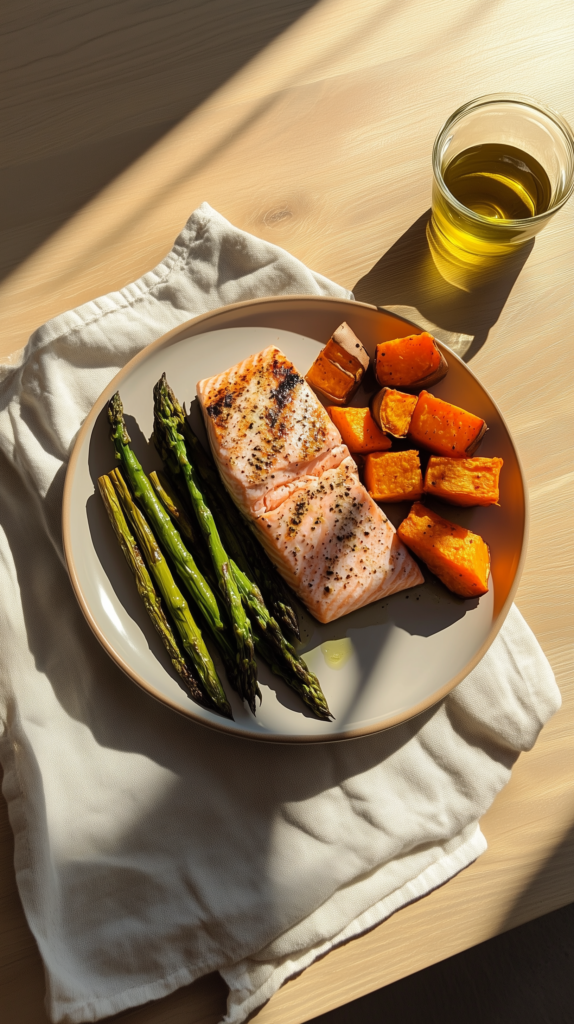
Snacks and Smoothies
- For a satisfying clean eating snack, create a trail mix with raw nuts, seeds, and dried fruit.
- Slice up some cucumber, carrots, and bell peppers, and enjoy them with a creamy hummus dip.
- Blend up a refreshing smoothie with spinach, frozen berries, almond milk, and a spoonful of almond butter.
The essence of clean eating lies in whole, unprocessed foods and exploring various flavors and textures. With some planning and prep, you can enjoy nutritious meals that support your health and wellness goals.
Clean Eating on a Budget
Eating clean and healthy doesn’t have to drain your wallet. With smart strategies, you can enjoy nutritious meals without overspending. Let’s delve into making clean eating more affordable.
Smart Grocery Shopping Tips
Begin by focusing on seasonal produce, which is often cheaper than out-of-season options. Visit local farmers markets or take advantage of grocery store sales. Stock up on fresh, in-season fruits and vegetables.
Buying in bulk is another smart move. Purchasing pantry staples like beans, lentils, oats, and brown rice in large quantities can save you money. Look for deals at wholesale clubs or online stores that offer affordable, healthy foods.
Affordable Clean Eating Staples
- Frozen Produce: Frozen fruits and vegetables are as nutritious as fresh ones and can be up to 50% cheaper.
- High Quality Proteins: Grass fed meat, pasture raised chicken and pork can be purchased in bulk to cut costs. Supplement protein with pasture raised eggs.
- Whole Grains: Choose affordable whole grains like brown rice, quinoa, and oats for your clean eating meals.
Meal Prep Hacks for Saving Time and Money
Meal planning and prep can revolutionize your clean eating on a budget. Allocate time each week to batch cook ingredients like roasted veggies, cooked grains, and proteins. This saves time, reduces waste, and cuts down on unnecessary spending.
By adopting these clean eating strategies, you can maintain a healthy, balanced diet without financial strain. Remember, even small changes can significantly impact your budget and well-being.
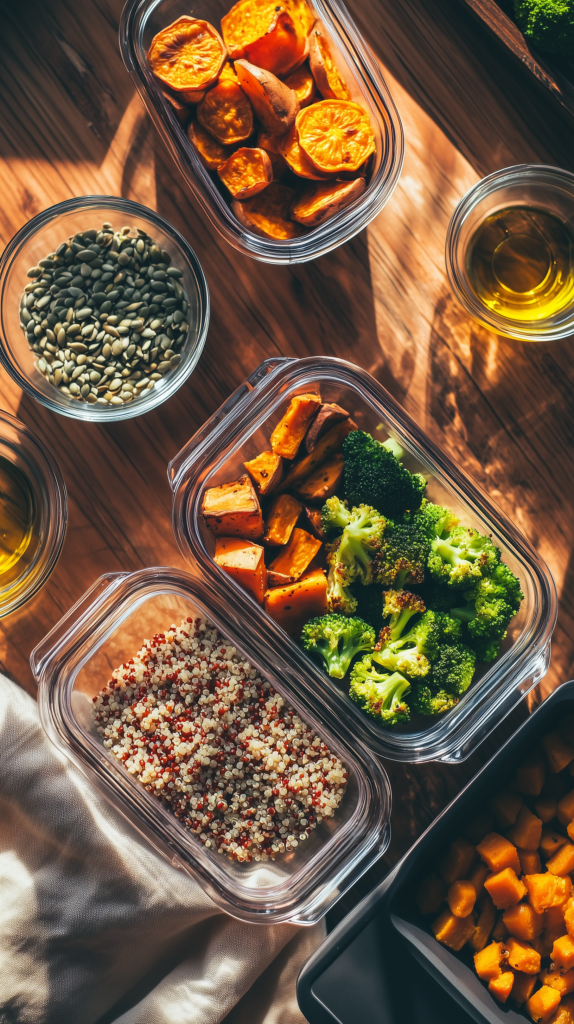
Common Challenges and How to Overcome Them
Starting a clean eating journey is rewarding but comes with obstacles. You’ll face challenges as you focus on eating natural, wholesome foods. The current food system is set up to prioritize convenience and cheap ingredients. Let’s look at common hurdles and how to beat them.
Staying Consistent
Consistency is crucial in clean eating. It’s easy to start strong but then fall back into old habits. Begin with small steps and build lasting habits gradually. Start with one or two clean eating habits at a time, making them second nature before adding more. Meal planning and prep can also keep you on track, ensuring healthy options are always ready.
Managing Cravings
Cravings for unhealthy foods are common when switching to clean eating. Focus on balanced, nutrient-rich meals to stay full and satisfied. Occasional treats can prevent feelings of deprivation. Drinking plenty of water and managing stress can also help control cravings.
Finding Affordable Organic Options
- Prioritize the “Dirty Dozen” produce items when buying organic, as they tend to have the highest pesticide residues.
- Look for conventional options for the “Clean Fifteen” produce, which are typically lower in pesticides.
- Explore local farmers’ markets, CSAs (Community Supported Agriculture), and bulk buying clubs to access more affordable organic and locally-sourced foods.
- Meal prep and batch cooking can help stretch your budget by reducing food waste and enabling you to make the most of your ingredients.
Remember, clean eating is a journey, not a destination. With a positive attitude and a willingness to try new things, you’ll move towards a healthier, sustainable lifestyle.
Next Steps: Your Clean Eating Journey
Start your clean eating journey with a 7-day challenge to kickstart healthier habits. Focus on whole foods, prepare meals at home, and eliminate processed snacks. Remember, progress is more important than perfection. Small, consistent changes can lead to significant improvements in your overall health and well-being.
Try a 7-Day Clean Eating Challenge
Commit to a 7-day clean eating challenge to establish a solid foundation for your new lifestyle. During this time, prioritize consuming a variety of fresh fruits, vegetables, lean proteins, and whole grains. Avoid processed foods, added sugars, and unhealthy fats. Meal planning and preparation will be key to your success, so take the time to plan your meals and snacks in advance.

